

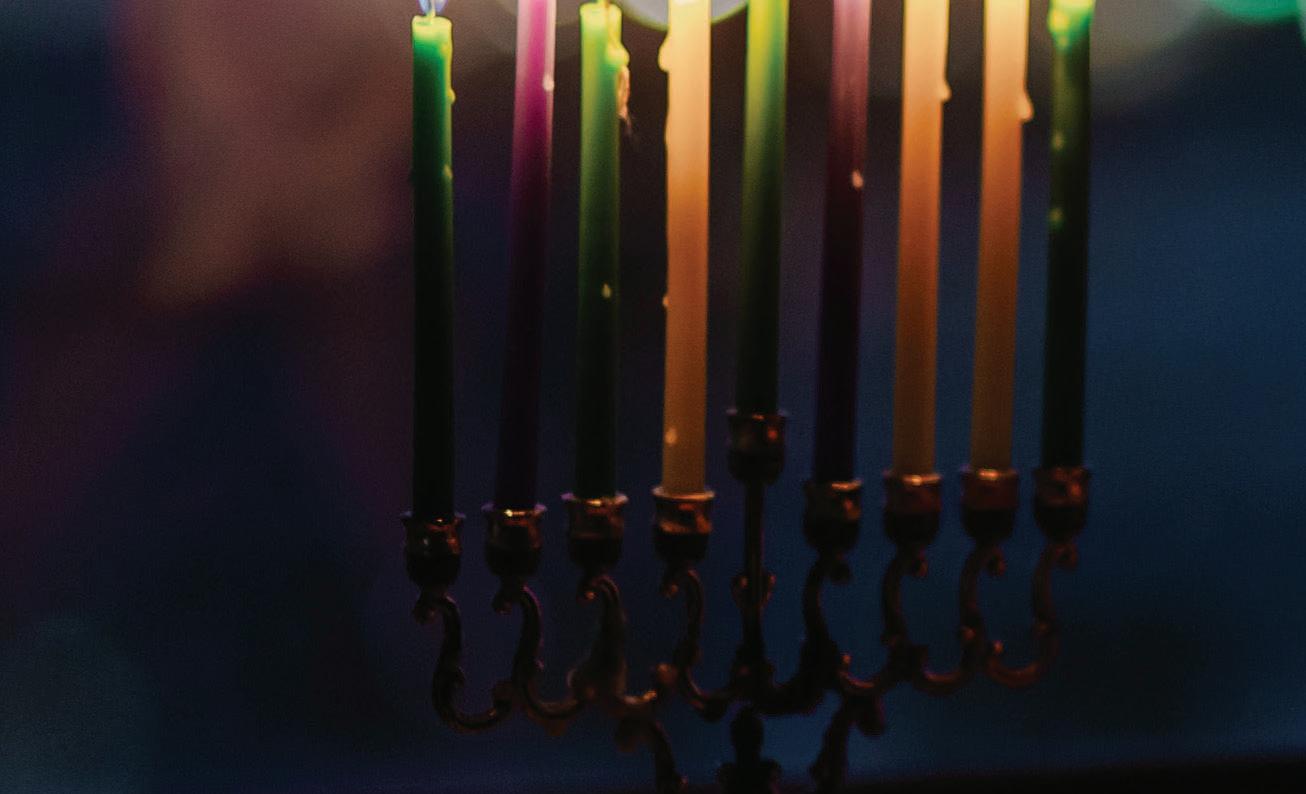












































By Shira Gold
In 222 B.C.E., Antiochus III, King of Syria, conquered the Land of Israel. However, after losing to the Romans, he imposed heavy taxes on his lands, including Israel. When Antiochus died, his son Seleucus IV took over, and things worsened for the Jews, not just financially but spiritually.
In 174 B.C.E., Seleucus was assassinated, and his brother Antiochus IV, a notorious tyrant, seized the throne. Known as “Epiphanes” (“the gods’ beloved”) but nicknamed “Epimanes” (“madman”), Antiochus aimed to force a single culture and religion on his kingdom. He banned Jewish practices, removed Yochanan as High Priest, and replaced him with a Hellenist who promised to bring in even more money.
Jews in Jerusalem rebelled. Enraged, Antiochus responded by sending his forces to crush the rebellion, killing thousands and enforcing even stricter bans on Jewish worship. Jewish texts were burned, circumcision and kosher laws were forbidden, and those who resisted, like the elderly Rabbi Eliezer, were executed.

coated aluminum Menorah installation shares much needed light in the darkness. Read more at Moullyart.com
When Antiochus’s soldiers arrived in the village of Modin, they met resistance from Matisyahu, a retired priest. He and his sons fled to the hills, where they formed a guerrilla army—the Maccabees—to fight back. They raided enemy outposts and destroyed pagan altars built by Antiochus’s men.
Before he died, Matisyahu urged his sons to continue the fight, appointing his son Judah “the Maccabee” as their leader. “Maccabee” stands for the Hebrew phrase “Mi Kamocha Ba’eilim Hashem,” meaning “Who is like You, O G-d.” Against all odds, the Maccabees defeated Antiochus’s forces despite being vastly outnumbered.
Finally, the Maccabees recaptured Jerusalem and entered the Temple, clearing it of idols. They rebuilt the altar and dedicated it on the
25th of Kislev. But when it came time to light the menorah, they found only enough pure oil to last one day. Miraculously, it burned for eight days, giving them time to prepare more oil.
I WAS RECENTLY SHOT IN THE HEAD by a terrorist. A few moments earlier, I was preparing for the day’s mission in the Shejaiya neighborhood of Gaza. As usual, I was using a few moments of my downtime to put on my tefillin and spiritually connect and prepare for the day when suddenly we received urgent intelligence: terrorists were just about 100 feet away.
“I was using a few moments to put on my tefillin... terrorists were just 100 feet away”
I quickly removed my tefillin, grabbed my helmet, and set out to find the terrorists. In a rush, I didn’t have time to remove the heavy night-vision attachment on my helmet— cumbersome and uncomfortable to wear in daylight—but I had no choice.
A drone flew through the building, revealing four terrorists. My platoon and I managed to eliminate three of them, assuming the fourth had fled. My officer, Ro’i, and I cautiously checked each room to ensure all threats were gone.
Suddenly, a terrorist waiting behind a child’s bed opened fire in all directions. Within seconds, I was struck multiple times in the head. Despite wearing 275 pounds of combat gear, including an additional 85 pounds of equipment, the impact threw me ten feet back, slamming me into the wall.
Amazingly, I opened my eyes—and stood up. I wondered if I was alive or dreaming as two guys grabbed me. I hadn’t lost consciousness, but my vision was blurred, and blood was pouring down my face. I ran into the armored ambulance, to the helicopter, to Be’er Sheva’s hospital, and it took just 25 minutes—the fastest medical care you’ll find in any battle zone.
Once things calmed down, they discovered that three bullets had struck my head. Each hit the helmet precisely on the night-vision’s bulky device. I was told that had they landed an inch to the left or right, I would not have been alive.
The doctors also noticed one bullet still lodged in the helmet’s padding. It just stopped. None of it makes sense. Sure, I had pieces of shrapnel in my head, 60 fractures in my skull, internal bleeding, and a severe concussion, but I stayed in the hospital for only a week— and then walked out on my own two feet.
It’s truly a miracle, and it’s thanks to the mitzvah of tefillin. That’s why I urge my brothers everywhere to put on tefillin daily. It’s life-saving!
Shlomi Stock was born in Montreal, Canada. He joined the IDF as a lone soldier and served in the Givati unit.
UNWRAP THE TEFILLIN!
THE IRON DOME OF ISRAEL
In 1967, just days before the outbreak of the Six-Day War, the Rebbe began a campaign to encourage Jewish men and boys over thirteen to put on tefillin.
The basis for the Rebbe’s idea came from the verse: “All the nations of the land will see that the name of G-d is called upon you [the Tefillin], and they shall fear you.”
The Rebbe points out that tefillin is the only other mitzvah besides the Chanukah menorah that explicitly engages Israel’s enemies. That’s the idea behind the tefillin campaign. There is a military quality to tefillin in how they strike fear into the hearts of those who want to harm G-d’s holy people. That summer, Chabad launched the tefillin campaign in Israel, and soon, the mitzvah was being performed in homes, offices, and street corners worldwide.
What a mezuzah is to a house, tefillin are to the body. As a mezuzah transforms a house into a Jewish home, tefillin declares our Jewishness. Much like how, during the plagues in Egypt, G-d instructed the Jews to mark their doorposts as a sign of protection for their homes, the mezuzah safeguards and identifies the Jewish household, the tefillin serves as a symbol and reminder of who we are, a powerful sign that continues to protect us.
As a soldier fighting against darkness, you may face hostile forces that try to bring you down. Ultimately, you will be victorious when you demonstrate that your strength comes from your connection to G-d. The Rebbe’s 1967 tefillin campaign sought to activate this truth and guard our people. And still today, the tefillin’s powerful protection helps us nationally and personally as it pronounces to the world and ourselves that “the name of G-d is called upon you.”
Rabbi Marcus is the editor of Chabad Magazine and he lives with his wife and children in Southern California.
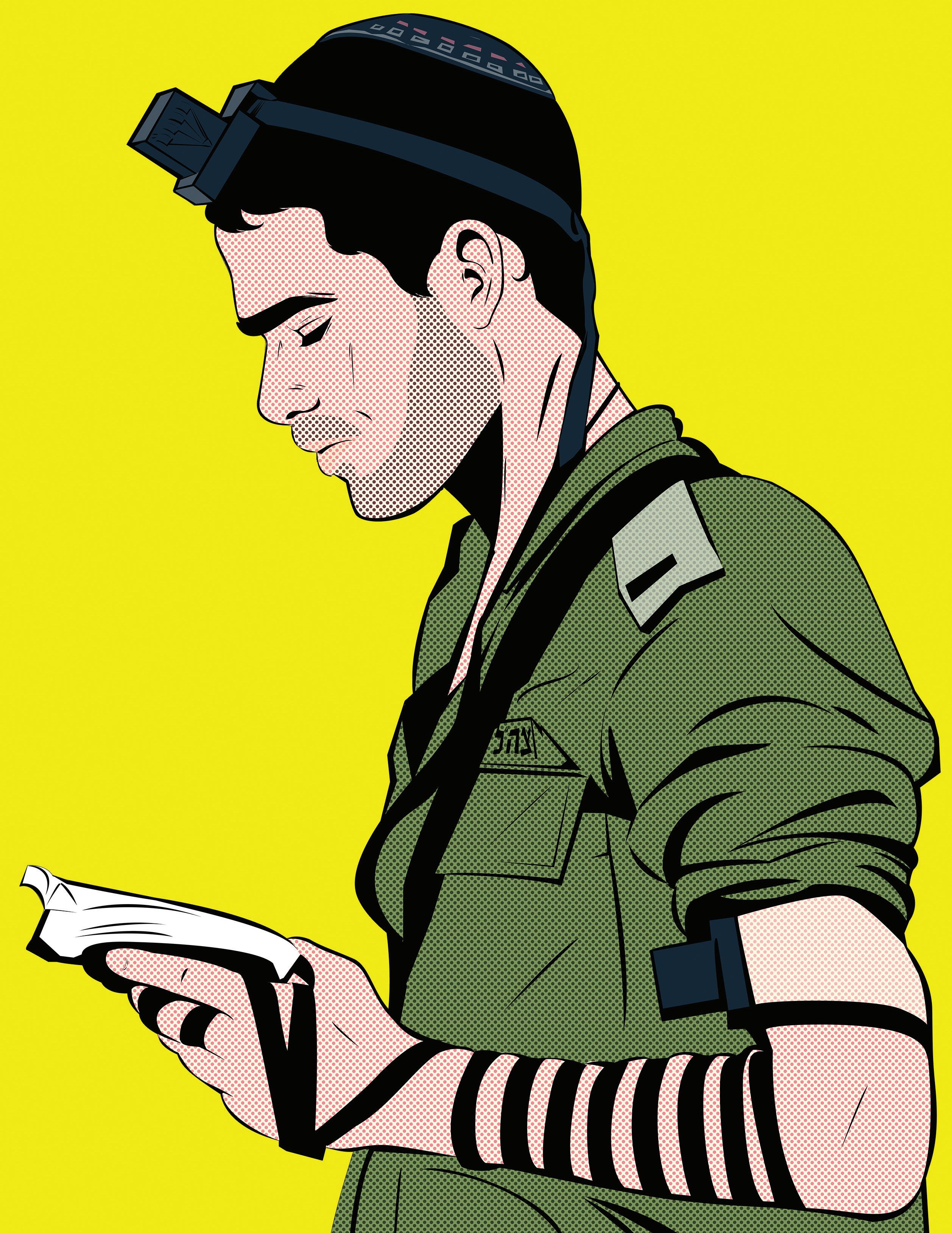
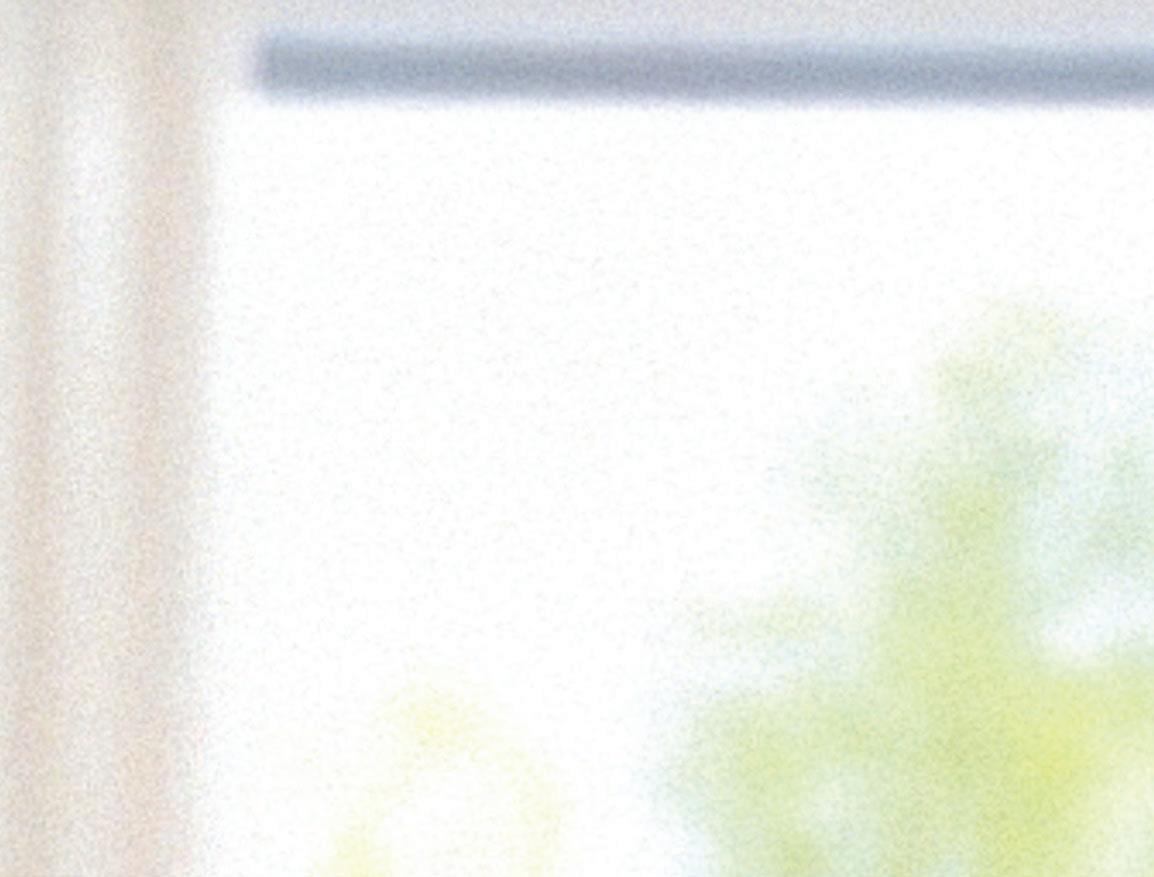
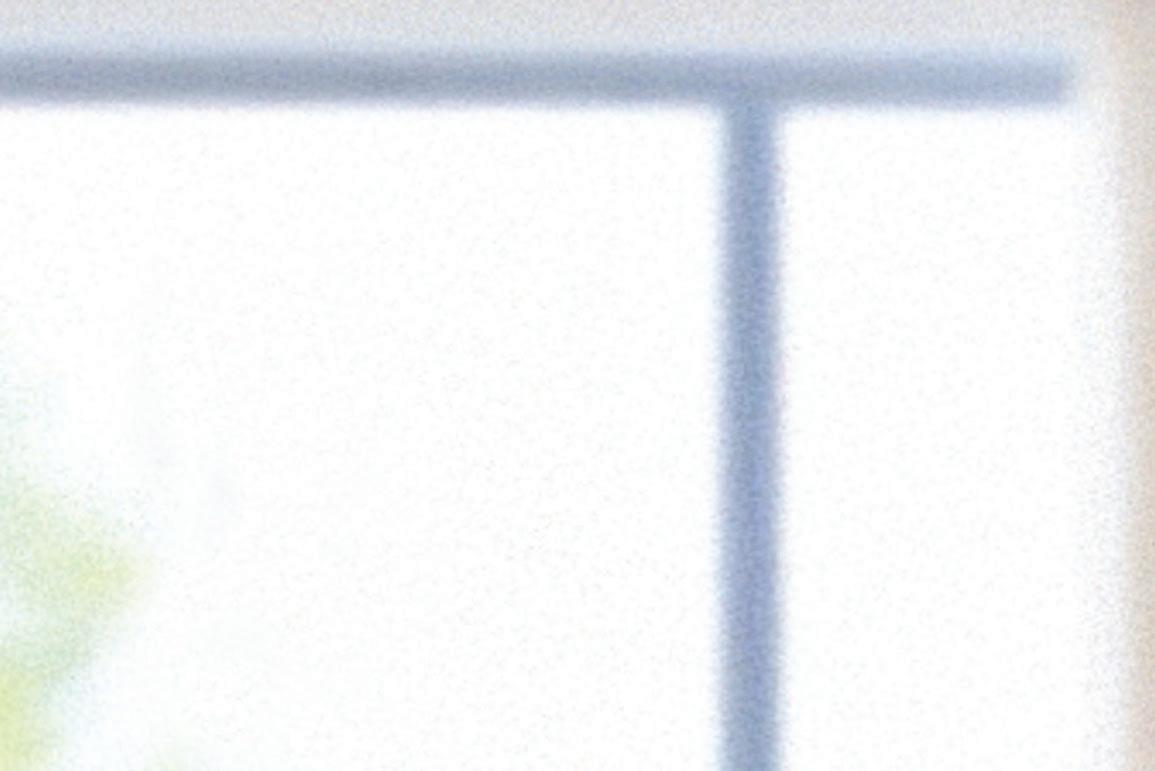


Design a life of purpose. Inspired by the life and teachings of the Rebbe


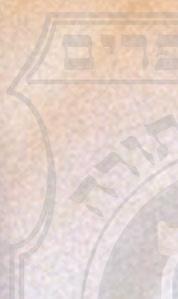

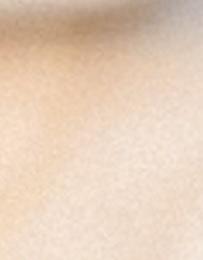

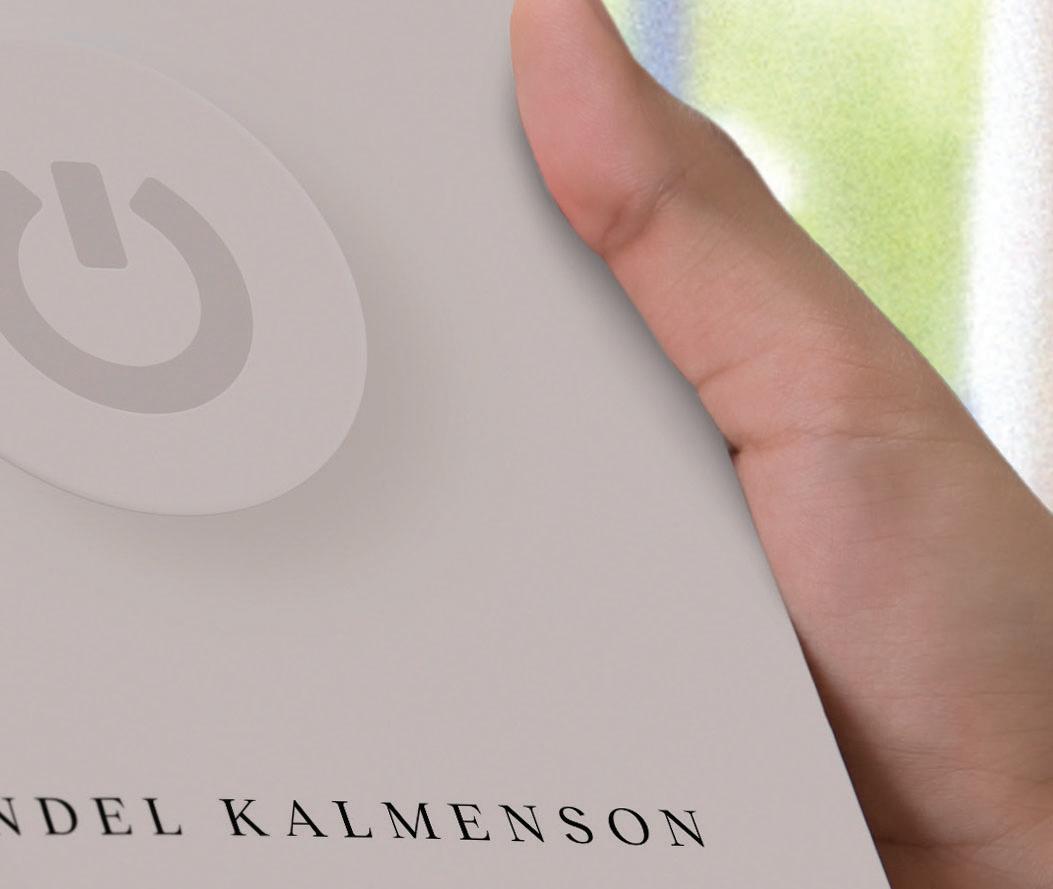

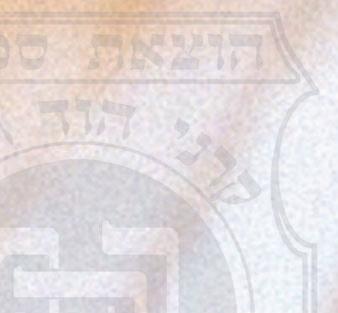






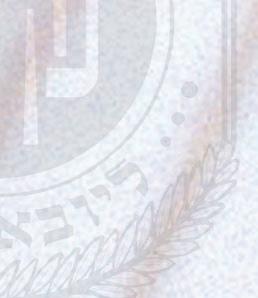

















Many have the custom to place the menorah in a doorway opposite the mezuzah (such is the custom of Chabad-Lubavitch) so that the two mitzvot of mezuzah and Chanukah surround the person. Others place it on a windowsill facing a public thoroughfare.
It is preferable to use cotton wicks in olive oil, or paraffin candles, in amounts large enough to burn until half an hour after nightfall. If not, regular candles can be used as well. The candles of a menorah must be of equal height in a straight row. The shamash, the servant candle that kindles the other lights, should stand out from the rest (i.e. higher or lower). The Chanukah lights must burn for at least half an hour each night. Before kindling the lights, make sure that there is enough oil (or if candles are used, that they are big enough) to last half an hour.
All members of the family should be present at the kindling of the Chanukah menorah. Children should be encouraged to light their own Menorahs. Students and singles who live in dormitories or their own apartments should kindle menorahs in their own rooms.
On the first night of Chanukah one light is kindled on the right side of the menorah, on the following night add a second light to the left of the first and kindle the new light first proceeding from left to right, and so on each night.
On Friday eve the Chanukah lights are kindled before the Shabbat lights (which are lit 18 minutes before sundown). Additional oil or larger candles should be provided for the Chanukah lights ensuring that they will last half an hour after nightfall. •
1. Ba-ruch A-tah Ado-nai E-lo-hei-nu Me-lech ha-olam a-sher ki-de-sha-nu be-mitz-vo-tav ve-tzi-va-nu le-had-lik ner Chanukah.
Blessed are You, Lord our God, King of the universe, who has sanctified us with His commandments, and commanded us to kindle the Chanukah light.
2. Ba-ruch A-tah Ado-nai E-lo-hei-nu Me-lech ha-olam she-a-sa ni-sim la-avo-te-nu ba-ya-mim ha-hem bi-z'man ha-zeh.
Blessed are You, Lord our God, King of the universe, who performed miracles for our forefathers in those days, at this time.
3. On the first night of Chanukah, or on your first time lighting a menorah this year, add the following: Ba-ruch A-tah Ado-nai E-lo-hei-nu Me-lech ha-olam sheheche-ya-nu ve-ki-yi-ma-nu ve-higi-a-nu liz-man ha-zeh.
Blessed are You, Lord our God, King of the universe, who has granted us life, sustained us, and enabled us to reach this occasion.
After kindling the lights, the Hanerot Halalu prayer is recited. See our website for full text.
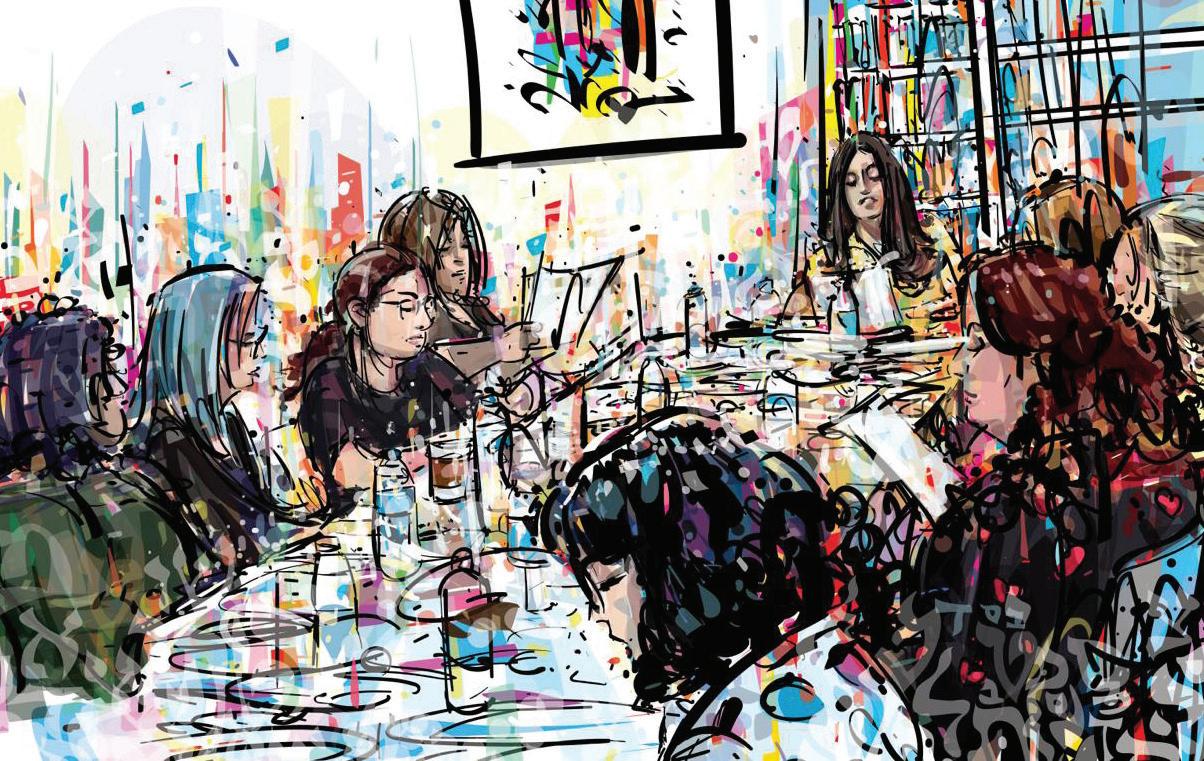
By Shaindel Sharfstein
Meet the first Maccabee named Chana
InJewish lore, the sun and moon reflect men and women. Historically, men were, visibly at least, the leaders—bright like the sun. Moses led the Jewish people out of Egypt, and Judah the Maccabee championed the Chanukah revolt. But while the men typically took center stage, every critical juncture in Jewish history finds a woman stepping in to save the day. Like the moon, their light shone in the darkest moments.
Let’s backtrack toTake Egypt:, for example; the Jewish people are oppressed and enslaved. Pharaoh has decreed death upon all baby boys and — in response — couples separate. Enter Miriam, sister of the not-yet-born Moses. “You’re giving in to Pharaoh’s decree,” she tells her parents (the chutzpah!). “Step up. Put your faith in G-d.” Later, Moses the redeemer is born.
And then: fast forward to the 2nd century BCE, Israel. Once again, the Jews are oppressed — this time by the Syrian-Greeks. They
Fun fact: Women are typically not obligated to do any mitzvot that are time-related. One great exception is with lighting the menorah! In fact, if a woman has to choose between buying Shabbat or Chanukah candles, Jewish law states that the latter is more important!
Because, as the Talmud says, “they [the women] too were involved in the miracle.”
outlaw circumcision and attack Jewish values, decreeafter-decree. Some resist; most give up hope.
But then, a story so pivotal, but not often told: it’s about Chana, sister of Judah the Maccabee. Her wedding is a grand celebration attended by Israel’s leaders, and yet this daughter of the High Priest stands up and tears apart her wedding garment before the respected crowd. Initially broken and enraged, her brothers are confused, but Chana empowers them: “Don’t be angry at me — unleash your zeal on those who will actually harm me tonight.” She adds, “Trust in G-d, and He will help you.”
Like the moon, Chana’s light shone for our people at one of their darkest moments, leaving an indelible mark of faith in a brighter future.
“In the future, the moon will shine as bright as the sun.”
– Midrash
Our sages teach, “In the merit of righteous women, our ancestors were redeemed [from Egypt].” The great kabbalist, Rabbi Isaac Luria, adds that each generation has its righteous women whose belief allows them to see beyond the present and bring about redemption.
According to the Rebbe, this feminine faith will bring the final redemption for our generation.
That night marked the beginning of the end for jus primae noctis, the oppressive law allowing governors to claim young brides. For three years and eight months, until that fateful wedding night, the Jewish people had tolerated this cruelty, but Chana’s actions rekindled their faith — and their courage. A flame in the Maccabbees had been kindled and they went off to fight their first battle: against the local governor.
Throughout history, Jewish women have demonstrated remarkable strength. In the Chanukah story, Judith used her wit and bravery to behead a powerful enemy general, tipping the scales of war. As Rashi says, “Because of a woman, the miracle happened.” The Talmud further specifies that it was the women who were integral to the Chanukah miracle, understanding the real stakes: the survival of the Jewish way of life. Although there was no obligation to fight — this wasn’t about survival; Jews still kept the laws in secret — wives, daughters, and sisters encouraged the men in their families to rise up. Their unwavering faith inspired the Maccabees to battle, proving that even against impossible odds, faith can prevail.
“In those days, at this time,” reads the Chanukah prayer. As we face similar challenges today, we take inspiration from the women of our past, present, and future to shine our light with courage and conviction.
Shaindel Sharfstein is a writer and educator. She lives with her family in Brooklyn, NY.
When G-d instructed Moses to convey the Torah, He commanded, “This is what you shall say to the House of Jacob and speak to the Children of Israel.” Our sages explain that the “House of Jacob” refers to the women, signifying that G-d gave the Torah to the women first. This underscores the foundational role of women in the transmission and preservation of Jewish values and traditions.
By Kylie Ora Lobell
IAt her college-prep school in Charlotte, North Carolina, Rivkah Bloom was locally known as a math and science whiz and the only Jewish kid in her grade. At age fourteen, seeking a deeper connection to her Jewish roots, the young math and science prodigy left her family so that she could learn in a Chabad high school in Pennsylvania. She then studied for a year in Israel, and eventually, she applied and was accepted to MIT.






“THE SACRED MIKVAH WATERS ARE CONSIDERED THE FOUNDATION OF JEWISH LIFE AND CONTINUITY.”
appear like an oversized Jacuzzi, but its waters run deep. The sacred Mikvah waters are considered the foundation of Jewish life and continuity. This mitzvah is the life-giving force and wellspring that has nourished Jewish life and our survival for generations.
But the mikvah process can be complicated. Jewish law requires precise calculations to determine when a woman can immerse in the Mikvah. This timing makes the ritual detailed


While pursuing a bachelor’s and master’s degree in computer science and electrical engineering, she met and married Elazar Bloom. Together, they followed their dream of impacting the Jewish community by devoting themselves to Jewish education and Jewish community initiatives. One of these initiatives is the “Mikvah Calendar” app. With the development of the app, Rivkah combined her Jewish knowledge and her tech expertise to radically upgrade and modernize an ancient ritual.






The use of the Mikvah, a Jewish ritual bath, dates back over 3,300 years. Jewish women most commonly use it after menstruation for spiritual renewal and purity. The modern Mikvah may
followed their dream ity ommunity initiatives. One Calendar” With the h combined her Jewish to and a ritual bath, ewish women most uation n Mikvah may

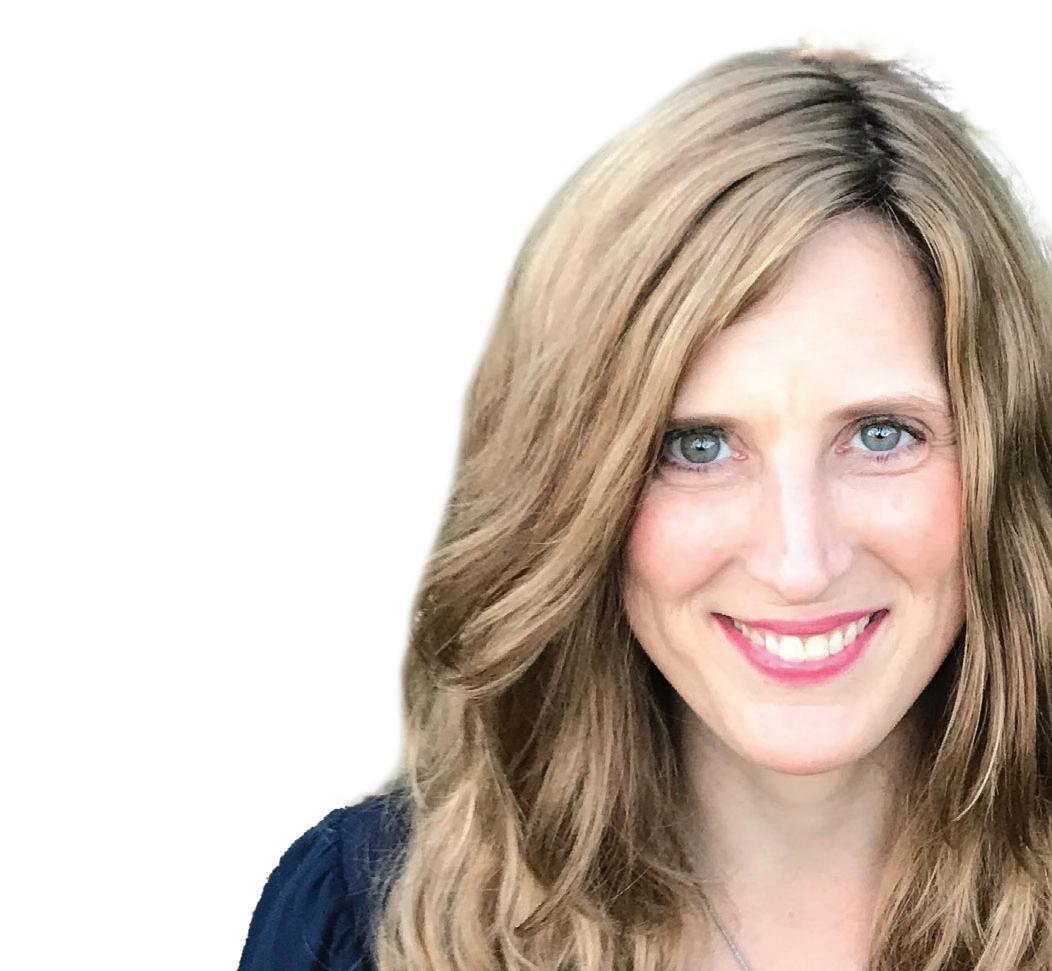










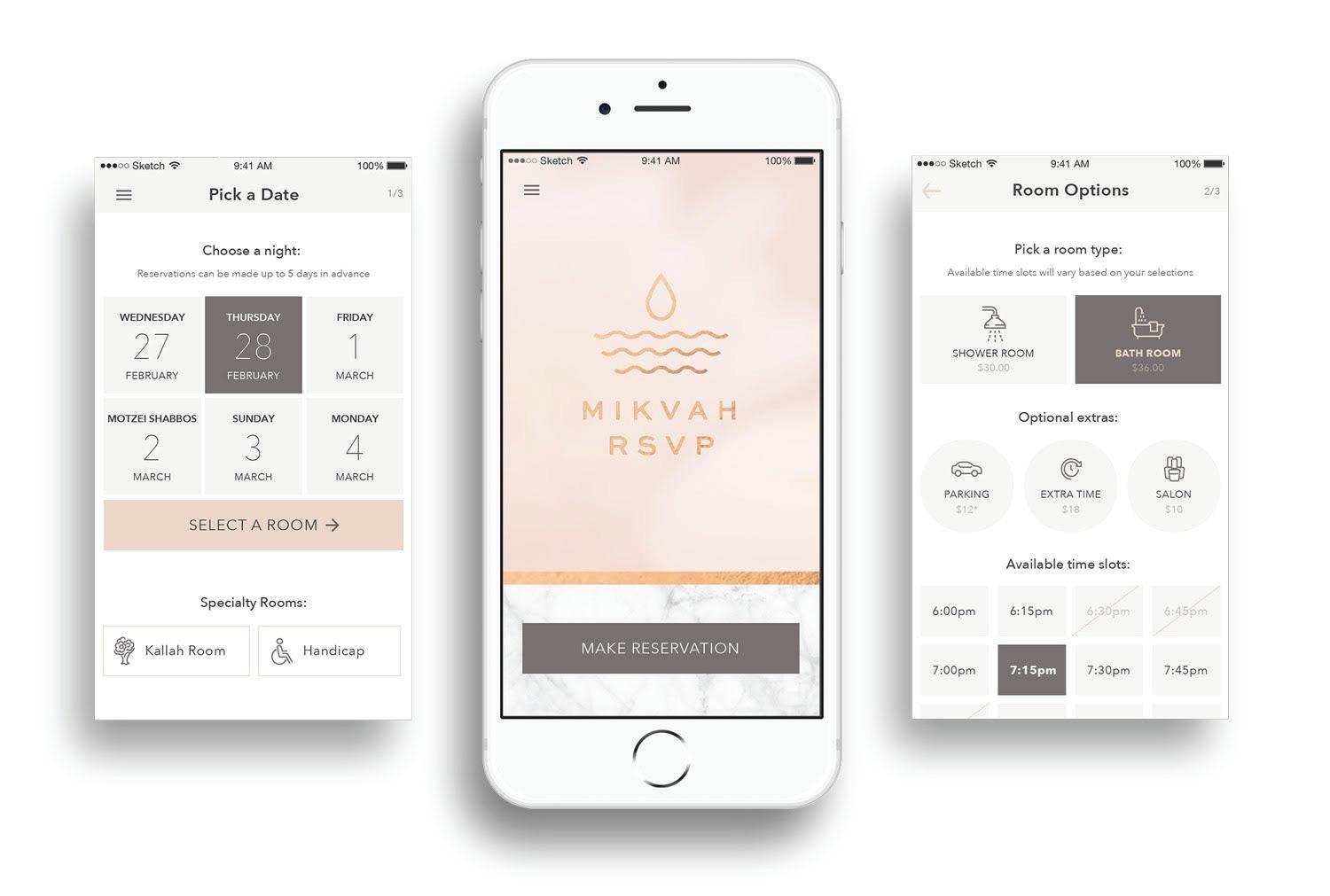
and complex for the average person. The Mikvah Calendar app simplifies these complex calculations, offers reminders and tracking tools, and provides fertility and mental health resources. Since its launch on iPhone and Android in multiple languages, over 120,000 couples have used the app.
reminders. Now, they can check the online Mikvah Calendar or receive a reminder telling them what to do.”
“Everything G-d created in His world, He created to express His glory.” (Mishnah Avot 6:11).
One feature that women enjoy is being able to track their ovulation and flow statistics. “Some use their information to analyze their dates and patterns,” Bloom said. “It’s beneficial for that purpose.”


While bridging the world of tech and tradition, Rivkah Bloom’s innovations continued making waves when she partnered in developing Mikvah RSVP, a cloud-based system that streamlines appointments. The system allows for smoother scheduling and a more spa-like experience for women. From personalized music choices to requests for assistance, the technology enhances convenience, observance, and the spirituality of the mikvah ritual.
“We’ve had tremendous feedback from couples who have found it difficult to follow the laws of Mikvah consistently,” said Bloom. “They may struggle to remember specific details or accurately perform the necessary calculations. Many women have jampacked schedules and need
What’s clear to Bloom is that in addition to family purity being a Divine Mitzvah, keeping these laws has several benefits.
“Mikvah gives us this space in a marriage,” she said. “It requires you to refrain from physical intimacy with your spouse for certain periods. It keeps everything fresh and new and exciting again. In a healthy marriage, Mikvah can be a tremendous gift.”
To learn more, download the Mikvah Calendar app on your smartphone or visit MikvahCalendar.com




The technological revolution has granted us incredible power to connect and create. Yet, its true value lies not in efficiency or comfort but in its potential to make our lives more meaningful. Tech itself is neutral, and we are responsible for harnessing these forces constructively and using them as tools to refine the world and reveal G-dliness.
Almost 2000 years ago, the Zohar foretold an outburst of “lower wisdom” (scientific advancement) alongside “sublime wisdom” (spiritual growth) that would occur in our times. Today, our challenge is integrating these spheres— balancing technology with spirituality.
When we use our smart gadgets as tools for spiritual growth and unity, we fulfill their divine purpose. That’s why we embrace technology not as an end but as a means to enhance our mission to bridge heaven and earth and make this world an abode for the divine.

(Based on the teaching of the Rebbe) Kylie Ora Lobell is a writer and the owner of a boutique marketing agency based in Los Angeles, where she resides with her husband and children.
By Kylie Ora Lobell
High school students are typically laser-focused on getting excellent grades and boosting their extracurriculars to get into a good college. If they can get ahead and take some college-level courses while still in high school, their resumes will look even better.
Cue CTeen U, which, in collaboration with Yeshiva University, offers collegeaccredited courses on Judaism for high schoolers. Sophomores, juniors, and seniors can take the courses over three years and earn up to 12 college credits, or two credits per course. Some choose to learn for a semester, while others take advantage of the full three-year program.
“When this course came out, it was a no-brainer,” said Rabbi Yosef Orenstein, who has been teaching CTeen U courses out of Woodcliff Lake, New Jersey since 2019. “When kids are in high school,

they’re thinking about college. It gives you a leg up if you have credits. And it’s a real win because the students can learn Torah and engage in high-level curriculum while taking home college credits.”
The courses, which take place after school for 14 weeks throughout the semester, include Jewish Wellness, the School of Life, Jewish Law School, Jewish Business School, and Israel and Me. The last course has been particularly popular since October 7.
“We realized this is what the teens needed to learn about,” said Orenstein. “There is a lack of awareness and knowledge about Israel. In a typical year, we get seven to 12 students; this year, we have more than 35 in our group. It was very rewarding to see how the teens quickly learned the material and came away knowing the importance of Israel to us as a people.”
Every year, around 600 students participate
in 80 different CTeenU chapters across the U.S. and Canada. The credits can be applied toward elective classes and a variety of majors.
In Atlanta, Georgia, Rabbi Dovid Goldschmidt, who was once a “CTeener,” opened a CTeen center in 2022 and began teaching CTeen U.
“It’s been amazing for us to connect with and inspire the teens,” he said. “We can teach the teens face to face and straight from the source, the Torah. It’s been eye-opening for them.”

Goldschmidt is currently teaching five students the Jewish Law School course, giving each one the attention they deserve. He also learns about the students’ unique backgrounds.
“We have one student whose mother is Jewish and whose father is not, and she was

whether she believed in G-d, but now she has developed this love for Judaism. I thought that was touching.”
Other teen participants echoed similar sentiments. “My whole life I lived with questions. With CTeenU I now have answers,” said DB Garzon from Potomac,
to any Jewish teen regardless of where they are on their journey.” And Allan Feldman from Palo Alto, CA, added, “CTeen U has made me a happier person as it shaped my perspectives.”
Over in Woodcliff Lake, one of Orenstein’s students’ lives changed forever after he took the Israel course.
“This teen, who was in Catholic school, ended up joining the Israeli army,” he said. “He’s now standing on the front lines.”
The course teaches about Israel and Judaism and prepares students to work hard in college.

involved in a lot of other groups but didn’t believe in God,” he said. “She took the Jewish Wellness class, which was about the neshama and the Tanya, and she was really interested. At the end of the course, during our graduation ceremony, when all the teens earned a certificate, she shared that she wasn’t sure
MD. Another student, Mikah Piezer from Bellevue, WA, shared, “It’s the highlight of my week. I leave every class super motivated and excited to learn more.”
Sophie Edelstein from Milwaukee, WI, expressed her enthusiasm for the program, saying, “I would recommend this course
“There are rigorous requirements,” said Goldschmidt. “They have to attend the course, and if they don’t, they won’t pass. There is a midterm and a final. It’s the perfect balance of being challenging enough to take it seriously but not overbearing. It sets them up for success at their university.”
After students graduate from the course and eventually go off to college, they can also stay in touch with their Jewish roots thanks to CTeenU.
“We helped two seniors connect with Chabad at their universities,” said Goldschmidt.
One thing is for certain: what the students learn in CTeen U stays with them for the rest of their lives.
“There is something unique about the words and teaching them in their purest form,” said Goldschmidt. “It has a real deep impact on the mind and the soul.”
Learn more at www.CteenU.com

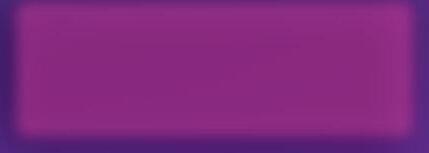



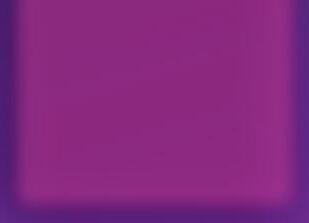

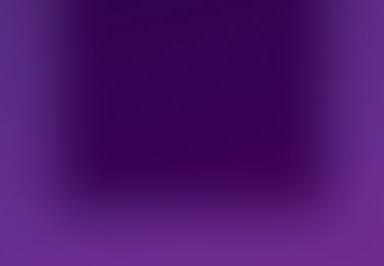


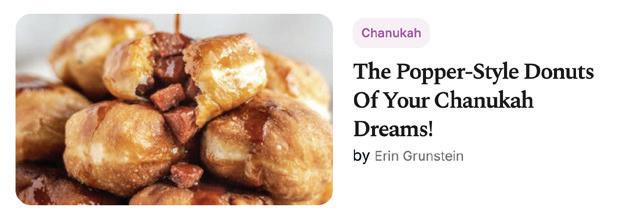
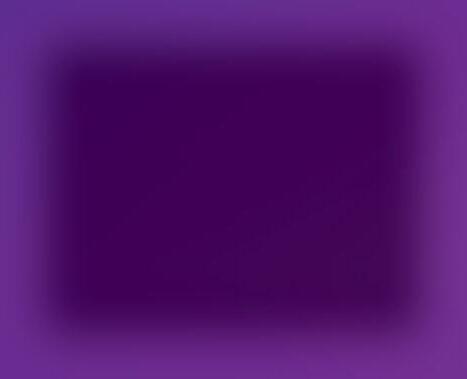
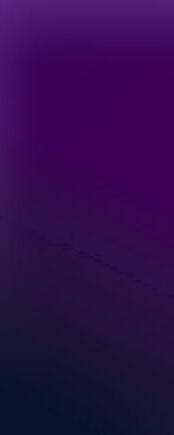





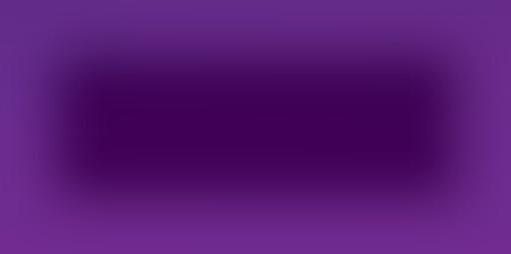
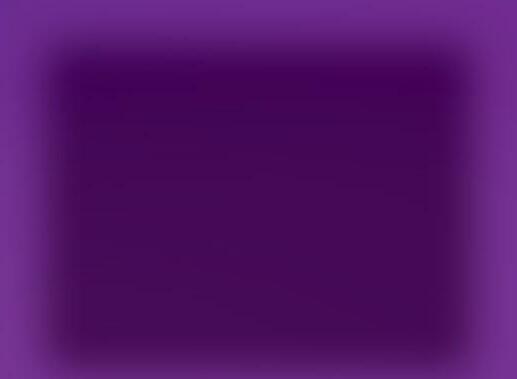









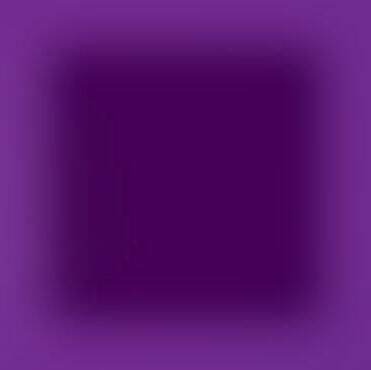



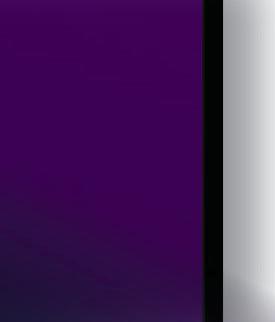















DESIGNED BY G-D THE ORIGINAL MENORAH WAS CARVED OUT OF A SOLID CHUNK OF GOLD.
Then, a thousand years later, the story of Chanukah occurred, and Jews started lighting miniature, less expensive Chanukah menorahs. It seems unlikely that your menorah at home could outshine that seven-branched menorah that stood proudly in the Temple in Jerusalem. Yet, surprisingly, according to Chabad teachings, the light of your menorah outshines the Temple’s original menorah in many ways.
We asked our editors to shed some light on what makes your menorah at home so powerful that it wins the “Ultimate Candelabra” title. Here’s what we found:
To start, we find four primary differences between the two menorahs:
1) The number of candles lit in the Temple’s seven-branched menorah remains the same daily, while your Chanukah menorah changes and grows from one to two to three until eight.
2) You light your Chanukah menorah when it’s dark outside, specifically after sundown, while the High Priest lit the Temple’s menorah in the sunshine during the day.
3) The golden menorah was kept inside the Temple, forever confined indoors, whereas your Chanukah menorah is lit outdoors, at the front door facing the street, or in a window.
4) The Temple’s menorah glowed in a time of prosperity and spiritual clarity, during the days of Moses or the reign of King Solomon. In contrast, the Chanukah menorah was born in a period of intense spiritual struggle and hardship under the oppressive rule of the Syrian-Greeks.
The Rebbe sees these differences as the reasons and ingredients that create your powerful Chanukah lights. For example, when life is good and the sun is shining, we produce a light that is good enough for our homes and Temples. But when we are oppressed by a heavy darkness that lurks outside, we must find a light strong enough to face and illuminate the darkness.
That’s the power of your Chanukah menorah’s light. It knows that when you face darkness and spiritual hardships, you don’t have the luxury of remaining the same person as yesterday; you need to grow and increase your light daily.
The fact that the Chanukah menorah is lit in the evening demonstrates how the light needed tonight differs from the light we needed during the good old Temple days. Today, we can’t survive on an “indoor menorah” or by merely illuminating our homes; we need a spark and flame that can thrive in the streets. We put our menorahs in our windows and doorways because its light can brighten the world.

By Benjamin Sherman
The Rebbe sees these four discrepancies as the four steps in how to win the war against darkness:
1 2
Grow and increase daily. A little movement forward and slight increases in your Divine light make your light so much more potent.
Create light according to the darkness. When the flames of antisemitism flare up and a new darkness confronts us, we need to find a more powerful Jewish light that has never shone before.
3 4
Shine outward. The days of worrying only about our own families and private homes are long gone. Today, we are all ambassadors of light, and we must warm the cold, unholy streets and spread the light and joy of Judaism with others.
Don’t be scared of the darkness. Your Chanukah menorah symbolizes light born of oppressive darkness. Like the fearless Maccabees, be courageous enough to shine, engage, and transform the darkness.
In conclusion, You can outshine any darkness if you’re brave enough to face a dark world and add one extra candle each night.
(Based on the teachings of the Rebbe, Lekkutei Sichot Vol. 1)
Meet Rabbi Yossi Farro:
Wrapping Tefillin on Celebs from Michael Rapaport to Jeremy Piven and James Franco.
By Kylie Ora Lobell
Rabbi Yossi Farro, 20, was a Crown Heights native living in Los Angeles in 2023. One night, he attended a Jewish comedy festival and met Dani Zoldan, the owner of the comedy club Stand Up New York. After wrapping tefillin with Zoldan, Farro asked him if he could nominate three more men to wrap tefillin. Zoldan suggested comedian Michael Rapaport, who had a large following and was an outspoken, proud Jew.
“It took a few months, but Michael and I finally met in person,” the rabbi said. “We did tefillin, and he loved it and said he would come back the next week. I had a nice couple of weeks with Michael.”
every day while he was wrapping. And after October 7, he started doing it every single day.”
There are now pictures of Rapaport, who speaks out about what’s going on in Israel and with the Jewish people, wrapping tefillin in New
Jeremy Piven, actors James Franco, Brett Gelman, and David Mazouz, and music mogul Scooter Braun.

After posting the picture of Rapaport and himself online, one woman reached out and said she’d sponsor tefillin for the comedian. Then, a man said he would cover a tefillin bag for him.
“I got this beautiful bag and this new pair of tefillin and presented it to Michael,” Farro said. “The first few days, he’d FaceTime me
York and in Israel, which he’s visited since the war broke out.
Rapaport is not the only celebrity that Farro has wrapped; in fact, the young rabbi has made a niche for himself finding famous Jewish men and getting them to put on their tefillin. His list includes actor and comedian
The celebrity tefillin campaign started when Farr o was getting coffee one day and happened to run into the rapper Lil Dicky.
“There was a shoot going on, and I asked 40 people on the set if anyone was Jewish and interested in putting on tefillin,” Farro said. “They all said no, or that they weren’t interested. I was about to go back to yeshiva when I ran into Lil Dicky and asked him if he’d put on tefillin that day. He said no, but let’s do it. When we were done, we took a picture together, and I discovered he’s a famous rapper. That went semi viral in the Jewish world.”
The other run-ins with celebs were natural; Farro bumped into Franco on Melrose Avenue in LA, and Piven on the street as well. Today, Farro is based in Miami. He recently received a message from Greg Isenberg, a prominent tech company CEO who saw that the rabbi was wrapping tefillin on Jewish men. Isenberg lives near Farro

and sent him a message saying to come by the house the next day to wrap with him. Farro did it and took a picture, but Isenberg was hesitant to repost it.
“I don’t know if I’ll post it, but I can comment on it,” Isenberg told Farro. And then, minutes later, Isenberg changed his mind. He sent Farro the touching post he shared to his X account on September 6, 2024, with the photo of them together.
“This post probably won't be my most popular,” he wrote. “’Should I share this?’ I thought to myself today... For years, I kept a part of myself hidden. My Jewish identity was a secret I carried, never letting it see the light of day. Why? Maybe it was fear. Fear of judgment, of being ‘different’ in the business world. Maybe I'd lose that big deal, big hire etc. Let's be real, it was definitely that. But here's the thing: Since when did authenticity become taboo? Are there really rules against being yourself? If you're not hurting anyone, isn't it all about peace and love? And the reality is it probably won't affect your business. Your investors, team, sales prospects should respect you. Might even respect you even more for being yourself. This post won't break any
engagement records. It might even attract some negativity. But if it inspires just one person to embrace who they are, it's worth it. Life's too short for masks. Your uniqueness? That's your superpower. So here I am, wrapping tefillin, proudly Jewish. I feel like a weight off my shoulders. Who are you, really? And isn't it time the world knew?”
“So here I am, wrapping tefillin, proudly Jewish. I feel like a weight off my shoulders.”
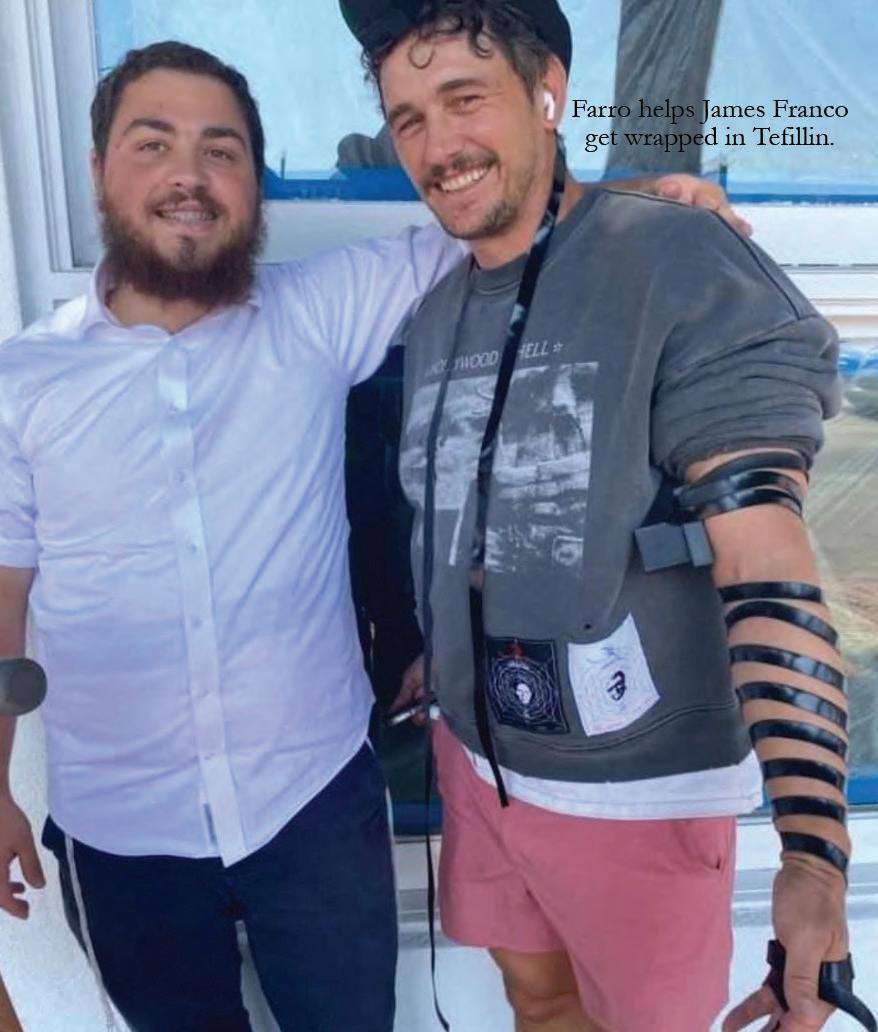
The post received over 400,000 views and thousands of likes and comments. Many of the comments were from fellow Jews, who told Isenberg they were proud of him.
“It really struck a chord with a lot of people,” Farro said.
Another accomplished businessman that Farro wrapped was Harley Finkelstein, president of Shopify, who insisted on publicly wrapping at a conference.
“Harley insisted on the significance of doing it in public and proudly showcasing his Jewish identity,” Farro said.
For now, Farro is going to keep his tefillin on him and wrap more Jewish men whenever
possible – whether or not they are famous. But for his “notables” list, he’d love to wrap Drake, Dave Portnoy, Adam Sandler, Jerry Seinfeld, and Mark Zuckerberg.
“Zuckerberg said he reads a Jewish prayer to his kids every night recently,” Farro said. “It would inspire a lot of Jews, especially in the tech industry.”
So, why is it important for Farro to wrap tefillin – and encourage others to do the same?
“It’s a chance to thank God for all the blessings you have and pray for yourself and your family,” he said. “You can connect with God. We live in a busy world with a lot of things going on. Take a minute to connect to your mind… and your heart.”

By Rachel Kaminksy
Growing up in the Soviet Union, my understanding of Jewish customs was minimal. Without a formal Jewish education, concepts like kosher were foreign to me. When my family and I relocated to the vibrant area outside San Francisco, we deeply immersed ourselves in the tech community. Our lives revolved around smart innovations and modernity, far from ancient religious practices.
However, everything changed when my teenage daughter, Sarah, participated in the Chabad Cteen Shabbaton in New York City. She returned home enthusiastically and wanted to incorporate Jewish traditions into our lives. One of her first suggestions was to start buying challah and enjoy it on Friday nights in honor of Shabbat. Initially, this seemed like a simple addition to our routine: a loaf of kosher bread served alongside our typical TV dinners. Yet, as we gathered around the table, I did not notice it initially, but something profound happened.
What started as an act of convenience gradually transformed into a cherished


ritual. We began lighting Shabbat candles, creating a warm and inviting atmosphere that signified the start of our family’s sacred time together. As we tore into the soft, fragrant challah, we felt a connection to our heritage that had long been dormant.
As the weeks turned into months, we explored more traditional dishes. A chance meeting with a neighbor at the local kosher store opened up a treasure trove of recipes, including the comforting warmth of kosher chicken soup. Each new dish brought with it not just flavors but stories, identity, and an increasing sense of belonging to our Jewish community.
Last year, after a family medical scare, I observed kosher more intentionally. First, we only bought kosher meats; eventually, all shopping had to be kosher.
This year, I will proudly host a Chanukah Friday night dinner featuring homemade challah, latkas, brisket, and matzah ball soup, each a testament to the delicious stages of our journey. It’s incredible to see how, through a three-day teen weekend in New York City and a community of wonderful friends, we have infused the ingredients of


Jewish life into our daily existence. Once a hub of technology and modern life, our home has transformed. The little changes we embraced have blossomed, reminding us that even minor actions can lead to profound transformation. Our family’s story of going kosher continues one slice of challah at a time.
KOSHER

Rachel Kaminsky is not a unique story about one family; instead, our editors chose the name Rachel to blend multiple real-life stories and testimonies of families across the world who are going kosher one bite at a


e bite at a time
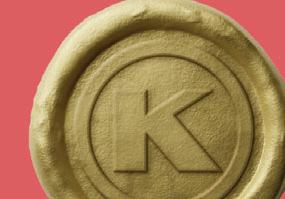
Since 1935, the OK Kosher symbol has represented uncompromising kosher standards. As one of the world’s leading kosher certification agencies, OK Kosher is recognized globally as the benchmark for quality, integrity, and trust in kosher certification. This outstanding reputation has been earned through continuous innovation, exceptional customer support, and a commitment to excellence. With an international network of offices, OK Kosher’s experts provide specialized kosher certification services worldwide. When it comes to keeping kosher, trust the symbol of the OK. Learn more at OK.org.

The Bhut Jolokia, also known as the ‘ghost pepper,’ is up to 400 times hotter than a jalapeño. A tiny bite can cause intense pain, and while animals avoid spicy plants, humans enjoy them.
Sure, some animals can tolerate Szechuan beef, but if you hear a human ask for extra spicy fries, they aren’t planning on tolerating it; they plan on enjoying it.
This hot sauce disparity in human eating habits compared to animal eating habits seems to highlight the core factors of what it means to be human.
Scientifically, the hot pepper pain or the sensation of your mouth on fire felt by humans and animals is a biological warning signal to stop the detrimental behavior. Therefore, animals take one bite, turn around, and graze elsewhere. However, humans comprehend that the “fire” in your mouth is a false fire alarm, and suddenly, the same neural activity flips from painful to pleasurable.
This ability to redefine the same brain activity as painful or enjoyable is strictly a human quality. Regarding spicy wasabi, for example, the animal has two choices: avoid or tolerate it, but the human has a third choice: to enjoy it.
Similarly, in the animal kingdom, war ends by destroying the enemy or making peace with them, but in either case, you can’t change enemy lines.
However, humans with the power of influential speech and cognitive abilities have a third option: redefine the enemy and turn foes into allies. The ability to redefine boundaries and transform realities is our true human superpower.
Obviously, humans can’t cognitively transform a pile of dirty laundry or a stack of unpaid bills. But this idea has practical daily applications. Relationships and communities, for example, are created when the defined borders of you and me slowly blur into a single unit of us. Marital bliss is not a successful domination or surrender; it’s that third option of changing me and you into “us.”
In our Jewish mission to be a “Light unto the nations” and bring holiness into an often unholy world, the Rebbe similarly explains that the ultimate goal is not to destroy or avoid what is not inherently forbidden but to find the third option of transforming the neutral, mundane, or non-holy into something sacred. The Jewish approach to darkness is not to take one bite of the “hot” mundane world, turn around, and retreat to the synagogue; our job is to redefine it.
(Based on the teachings of the Rebbe)
Shmuel Marcus is the editor of Chabad Magazine and he lives in Southern California with his wife and kids.

By Rabbi Shmuel Marcus
